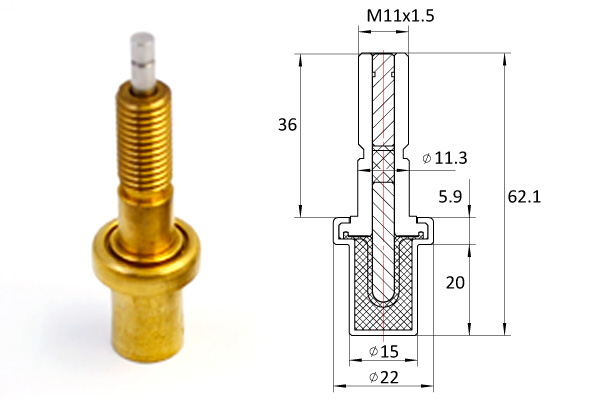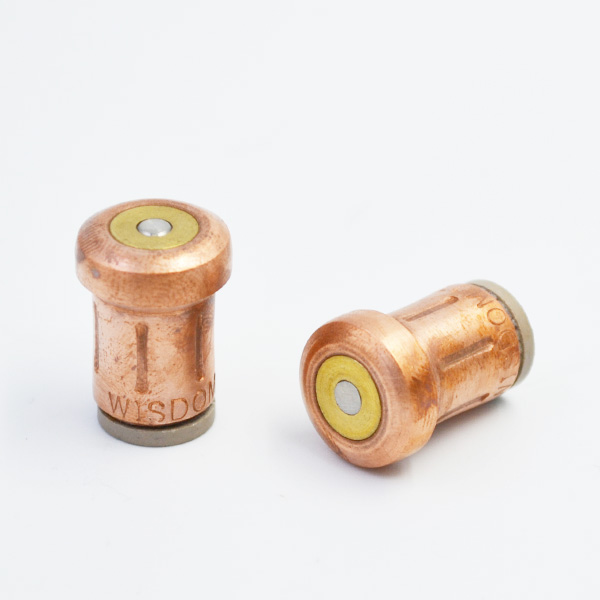Introducing project teaching method into the integrated experiment teaching of microcontroller application can train students’innovative ability, team cooperation ability and ability to solve practical problems by grouping students to complete project tasks. As the main body of teaching activities, students can stimulate students’interest in learning and greatly improve the teaching effect.
The integrated experiment of microcontroller application is a major practical course of Automation Specialty in our university.
Its task is to cultivate students’understanding of modern electronic control technology, to enable them to master the principle and structure of microcontrollers and common electronic components, and to learn how to use Altium Designer software to design the schematic diagram, PCB design and circuit board production of common control system circuits. In the course of integrated experiment of microcontroller application, there are many electronic components involved, the design and fabrication steps of circuit are more complex, and the knowledge involved is wider. Students will encounter some difficulties in the learning process. Some students will also feel dull and tedious in the learning process. Project-based teaching method will be introduced into the teaching process. It can stimulate students’interest in learning and achieve better teaching results.
Introducing new knowledge into engineering practice projects to stimulate students’learning motivation.

Each project team, under the guidance of teachers, thinks actively, designs and draws circuit diagrams independently, and designs printed circuit boards.
This enables students to grasp the electronic components and circuit design theory of control system in the process of project completion independently. On knowledge, improve practical ability.

In the project teaching method, the design of the project needs to connect a large number of knowledge and skills organically. The designed project should have certain practicability, comprehensiveness, typicality, coverage and challenge. To this end, we have designed a strong application-oriented project based on comprehensive subject knowledge, action-oriented and students’ability training. Aims, such as temperature detection system schematic diagram and PCB board design, smart home control system schematic diagram and PCB board design.
Students work together in groups to complete multiple projects, each project has a project leader, in different projects, small and medium-sized team members rotate roles. Because for projects involving a wide range of knowledge and more difficult, thermostatic element students can work in groups to achieve better play to their respective strengths. The complementarity of knowledge can make the project team better solve the difficulties encountered in the project process. Detection and control of temperature by single-chip computer is a common problem in industrial production. Using single-chip computer to detect and control temperature not only has the advantages of convenient detection and control, flexibility and so on, but also can greatly improve the accuracy of temperature detection and control.
In the design, the temperature detection system is divided into power supply module, display module, temperature sensor module and single chip computer module, and students are required to design the temperature detection system schematic diagram as a hierarchical structure, including the top schematic design and the bottom schematic design. The top-level schematic diagram of the temperature detection system is shown in Figure 1.
In the reference schematic diagram, PIC167C2 single chip computer, series temperature sensor TCN75 and DMC-50488N LCD display are selected. In the process of completing the project, the students are familiar with the method of making components and components encapsulation in schematic diagram, the design method of schematic diagram, the layout and wiring method of components in PCB, etc. Smart home control system realizes the ability of family security, comfort, information exchange and communication through the equipment of smart home management system. Intelligent home control system collects temperature, light, smoke concentration and other data through sensors, reads and processes information in single-chip computer, and makes corresponding operations.

In the design, the smart home control system is divided into minimum system module, photoelectric induction module, display module, temperature and humidity module, smoke test module, motor drive module, clock module, alarm circuit module and so on. The students are asked to design the circuit of each module in groups, and then the PCB board of the general system is designed. In the reference schematic diagram, STC89C52RC MCU STC89C52RC, DHT11 temperature and humidity sensor, MQ-2 smoke sensor, LCD1602 LCD, LM298 motor drive module are selected. In the process of project completion, students are more familiar with the design method of schematic diagram and PCB board.

Project-based teaching method is student-centered, fully mobilizing students’thinking, so that students can find problems, think about problems and solve problems in the process of learning. In the course of “Microcontroller Application Comprehensive Experiment”, the application of project-based teaching method can improve students’interest in learning, and can better cultivate students’ practical operation skills and team spirit.
